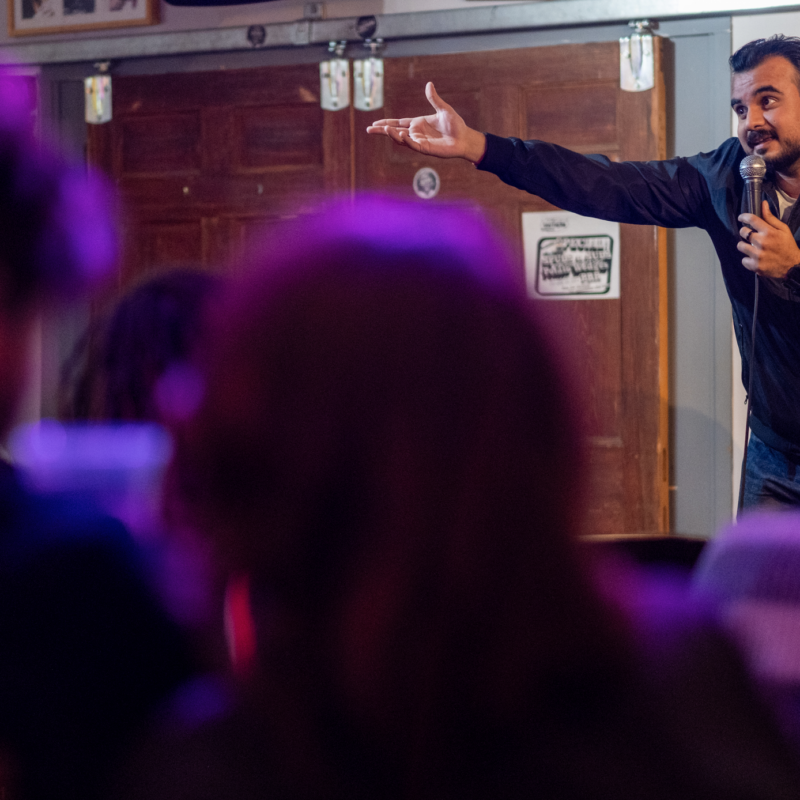All roads lead to the Virginia Vineyards Association annual meeting. Well, maybe not all roads, but at least the ones that Working Pour was pursuing last week. As we headed into the Omni for talk of things like rootstock and electronic aroma meters, much on our minds was the Pinot Noir scandal that has rocked the French and California wine industries. Last month, 12 figures from the Languedoc-Roussillon region were convicted in a wide-ranging scheme to sell fake Pinot Noir to EJ Gallo, the Budweiser of wine. Gallo used the wine—actually cheaper Syrah and Merlot—in its Red Bicyclette brand, which retails for about $9. The perpetrators made about $9.5 million on the fake Pinot, which they sold to Gallo from 2006 to 2008. Naturally, U.S. litigators are now on the trail, and a class-action suit on behalf of American wine consumers is in California courts.
|
If wine tastes good, who cares what grapes it’s made from, says Linden Vineyards’ Jim Law. The drive to drink something labeled Pinot Noir, “is all due to Sideways.” In the industry, he adds, “it’s a big joke. Although to some, it’s not a joke.” |
Given that Virginia law permits as much as 25 percent of a bottle of wine to be something other than what its label purports (Cabernet Franc, for instance, could contain Cabernet Sauvignon or Merlot without requiring consumer disclosure), how are local winemakers viewing the Gallo controversy where wine drinkers bought one thing, thinking it was something else?
“Who cares?” answered the smiling Jim Law, arguably Virginia’s best winemaker, when we buttonholed him in the lobby. “If the wine tastes good, what difference does it make?” Law, whose Linden Vineyards yields 5,000 cases a year (that’s about an hour’s volume for Gallo), elaborated: “I don’t like varietal wine. People don’t want their wine to taste like a grape. To me a grape is a way of expressing terroir.”
Earlier in the week, Justin Bogaty, winemaker at Veramar Vineyard in Berryville, suggested the Gallo issue could be good for wineries like his and Law’s. “Gallo is such a big entity that things tend to get lost,” he said. “This bodes well for smaller boutique wineries. We put our name behind it and you can come meet us, as opposed to a larger corporation where someone might not know what’s going on.”
Frantz Ventre, the French winemaker at Sweeley Estate Winery in Madison, says, “You have to be true and honest to the customer.” His 2006 Cabernet Franc includes 5 percent Merlot, for instance, blended to make the wine “a bit more interesting, a bit more complex.” And though the label doesn’t spell that out, Ventre says, “we are very open to explain what’s in our wine to customers.”
In a very real way, you can trace the Gallo scandal to the 2004 movie Sideways, with its famous reverie about Pinot Noir and its impassioned condemnation of Merlot. (After Paul Giamatti’s monologue, what everyday wine drinker wouldn’t want the luxuriously delicate Pinot Noir, especially if she can get it at supermarket prices?) Indeed, Sideways was a touchstone throughout the VVA meeting. It was a boon for Napa Valley tourism, and more than one wine businessperson last week commented that the Virginia industry would welcome something similar.
It may be happening, even without Hollywood’s help. The state Wine Marketing Board reports that for 2009, total Virginia wine sales increased by 7.9 percent. Even better, sales at wineries (hello, tourist dollar) were up by 17.6 percent over the previous year. But here’s the most interesting part: In Virginia, overall wine sales rose by a comparatively modest 2.8 percent.The takeaway on all those figures? Within the state, Virginia wine is stealing market share from other wines—even the inexpensive stuff that presents itself as fancy French wine. In time, that news could be even more upsetting to the likes of Gallo than the revelation that they’ve been had.






